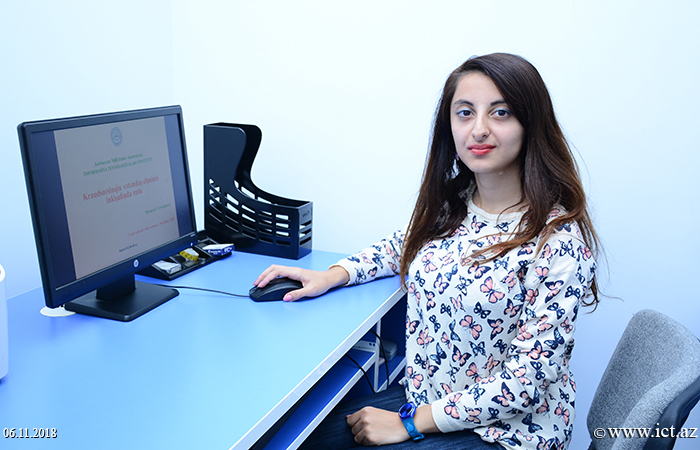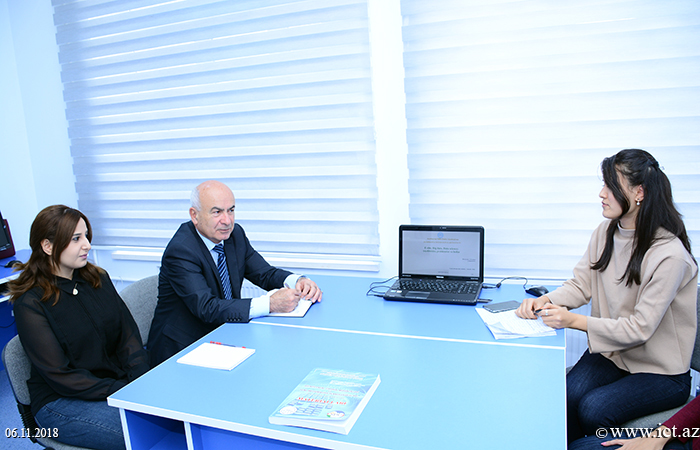NEWS
The role of the Crowdsourcing in the development of citizen science studied
At the Institute of Information Technology of ANAS, the next scientific seminar on «The role of the Crowdsourcing in the development of citizen science " was held.
Nargiz Verdiyeva, an employee of the Institute, presented the report. She noted that it is a means of establishing cooperation with a large number of people based on the principle of volunteering.
The history of crowdsourcing began approximately in 1714, and since 2000, its examples, such as "Youtube" and "Wikipedia," have been widely used in today's web resources, N. Verdiyeva noted.
The reporter said the involvement of volunteers in citizen science consists of four levels; expert, scientific co-operation, participatory science and crowdsourcing levels. N. Verdiyeva emphasized that citizens have made their contribution to scientific researches through their knowledge and skills, as well as online tools, and presented examples of online tools used in the certification process.
She informed a platform for large-scale transmission and rapid calculations, BOINC, a collaborative effort on the sharing of resources in distributed virtual organizations, and its connection with CADI, the "SETI @ home" project seeking out-of-country civilizations through the distributed processing of data from radio telescopes and gaps between seismic stations Quake-Catcher Network, a seismic network, to locate earthquake data by placing sensors. She also talked about IdeaScale, a platform for ideas management, using a "Distributed.net" project on distributed computing and using crowdsourcing to discover and develop interesting ideas.
The World Community Grid has supported 24 civilian science projects on health, poverty and sustainable development through the activities of more than 650,000 individuals and 460 organizations.







